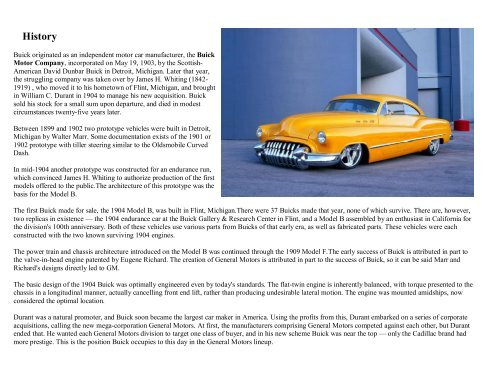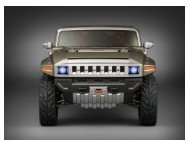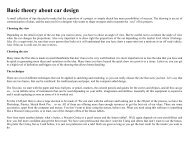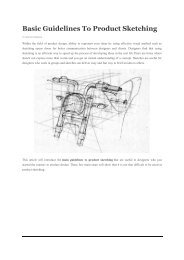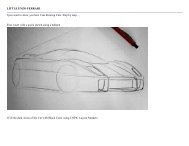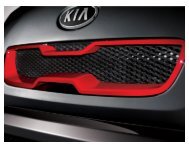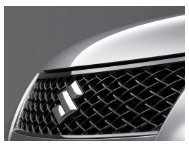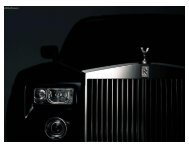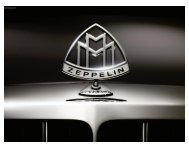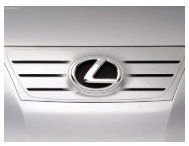Buick
Buick - ACDAC
Buick - ACDAC
- No tags were found...
You also want an ePaper? Increase the reach of your titles
YUMPU automatically turns print PDFs into web optimized ePapers that Google loves.
History<br />
<strong>Buick</strong> originated as an independent motor car manufacturer, the <strong>Buick</strong><br />
Motor Company, incorporated on May 19, 1903, by the Scottish-<br />
American David Dunbar <strong>Buick</strong> in Detroit, Michigan. Later that year,<br />
the struggling company was taken over by James H. Whiting (1842-<br />
1919) , who moved it to his hometown of Flint, Michigan, and brought<br />
in William C. Durant in 1904 to manage his new acquisition. <strong>Buick</strong><br />
sold his stock for a small sum upon departure, and died in modest<br />
circumstances twenty-five years later.<br />
Between 1899 and 1902 two prototype vehicles were built in Detroit,<br />
Michigan by Walter Marr. Some documentation exists of the 1901 or<br />
1902 prototype with tiller steering similar to the Oldsmobile Curved<br />
Dash.<br />
In mid-1904 another prototype was constructed for an endurance run,<br />
which convinced James H. Whiting to authorize production of the first<br />
models offered to the public.The architecture of this prototype was the<br />
basis for the Model B.<br />
The first <strong>Buick</strong> made for sale, the 1904 Model B, was built in Flint, Michigan.There were 37 <strong>Buick</strong>s made that year, none of which survive. There are, however,<br />
two replicas in existence — the 1904 endurance car at the <strong>Buick</strong> Gallery & Research Center in Flint, and a Model B assembled by an enthusiast in California for<br />
the division's 100th anniversary. Both of these vehicles use various parts from <strong>Buick</strong>s of that early era, as well as fabricated parts. These vehicles were each<br />
constructed with the two known surviving 1904 engines.<br />
The power train and chassis architecture introduced on the Model B was continued through the 1909 Model F.The early success of <strong>Buick</strong> is attributed in part to<br />
the valve-in-head engine patented by Eugene Richard. The creation of General Motors is attributed in part to the success of <strong>Buick</strong>, so it can be said Marr and<br />
Richard's designs directly led to GM.<br />
The basic design of the 1904 <strong>Buick</strong> was optimally engineered even by today's standards. The flat-twin engine is inherently balanced, with torque presented to the<br />
chassis in a longitudinal manner, actually cancelling front end lift, rather than producing undesirable lateral motion. The engine was mounted amidships, now<br />
considered the optimal location.<br />
Durant was a natural promoter, and <strong>Buick</strong> soon became the largest car maker in America. Using the profits from this, Durant embarked on a series of corporate<br />
acquisitions, calling the new mega-corporation General Motors. At first, the manufacturers comprising General Motors competed against each other, but Durant<br />
ended that. He wanted each General Motors division to target one class of buyer, and in his new scheme <strong>Buick</strong> was near the top — only the Cadillac brand had<br />
more prestige. This is the position <strong>Buick</strong> occupies to this day in the General Motors lineup.


